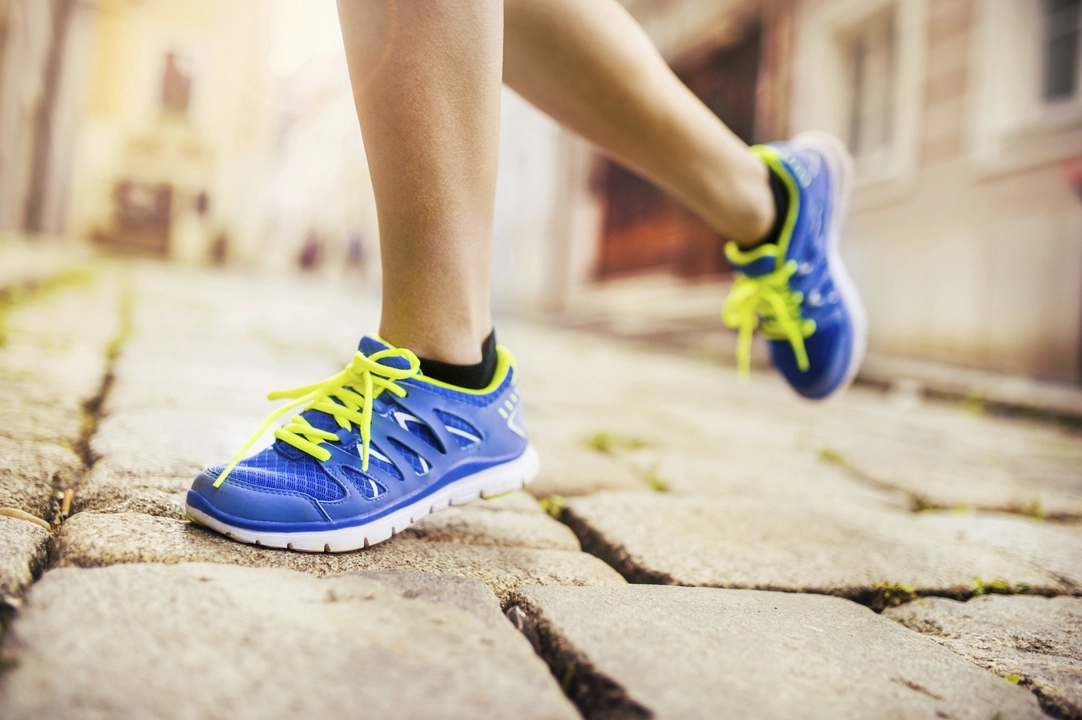Compatibility Made Simple for Everyday Cyclists
Ever felt stuck choosing between a flat pedal and a clipless system? Or wondered if your new mountain‑bike tires will work with the rims you already own? Compatibility is the hidden factor that makes or breaks every ride. When parts, gear, and your body work together, you ride smoother, faster, and safer. Below are practical ways to check compatibility before you buy or swap anything.
Match Your Pedals to Shoes and Riding Style
Pedal‑shoe combos are the most common source of mismatches. Clip‑in shoes give better power transfer, but they demand practice. If you’re new to road biking, start with flat pedals – they’re forgiving and let you hop off quickly. When you decide to upgrade, pick a system that matches your shoe cleats (SPD for mountain bikes, Look/ Shimano SPD‑S for road). The "Which pedals are best for a road bike?" post explains why Shimano and Look dominate the road scene, while SPD shines on off‑road trails.
Ensure Frame, Fork, and Wheel Compatibility
Not every wheel fits every frame. Check the axle type (quick‑release vs thru‑axle) and rim width before ordering a new set. If you’re swapping from a mountain bike to a gravel bike, confirm the brake type (disc vs rim) matches the fork and frame mounts. A mismatched brake can ruin stopping power and waste money. The same goes for tire clearance – a 2.4" tire won’t fit a road frame designed for 28mm tires.
When you upgrade components, look at the drivetrain spacing. A 10‑speed cassette needs a specific freehub body; a 12‑speed may require a newer rear hub. Using the wrong cassette can damage both the hub and chain, turning a cheap upgrade into a costly repair.
A quick tip: keep a photo of your bike’s specifications (frame size, wheel size, axle type) in your phone. Next time you browse a new component, you’ll have the details at hand, and the shop will appreciate the clarity.
Fit Your Bike to Your Body – No One‑Size‑Fits‑All
Even the most compatible parts won’t help if the bike geometry doesn’t suit you. Measure your inseam, torso length, and arm reach. A road bike with a compact frame might feel cramped for a tall rider, while a mountain bike with a slack head angle could feel unstable for a beginner. The “What does being a professional cyclist do to a woman's body?” article highlights how elite riders fine‑tune their fit for performance. You don’t need that level of detail, but a basic bike fit can prevent knee pain and improve comfort.
If you’re unsure, pop into a local bike shop for a 30‑minute fit session. They’ll adjust saddle height, handlebar reach, and stem length to match your measurements. A well‑fitted bike also makes it easier to choose compatible accessories – like gloves for winter rides (see “Should cyclists wear gloves in the winter?”) or proper helmet size.
Remember, compatibility isn’t a one‑time check. As you add accessories – bike lights, computer, or a new saddle – revisit the specs to ensure everything still works together. Small mismatches add up and can affect your ride quality.
Bottom line: take a few minutes to verify pedal‑shoe, wheel‑frame, and fit compatibility before you spend. It saves money, prevents frustration, and keeps you riding confidently. Happy pedaling!"

Can you wear running shoes for cycling?
As a fitness enthusiast, I've often wondered if running shoes can be used for cycling. After doing some research, I've found that while it's possible, it's not the most ideal option. Running shoes lack the stiffness and support needed for efficient power transfer while cycling. It's also important to consider that cycling shoes are designed to clip into pedals, ensuring your feet stay in place for a smoother ride. In summary, while you can wear running shoes for cycling, investing in proper cycling shoes will greatly enhance your riding experience.
View More



